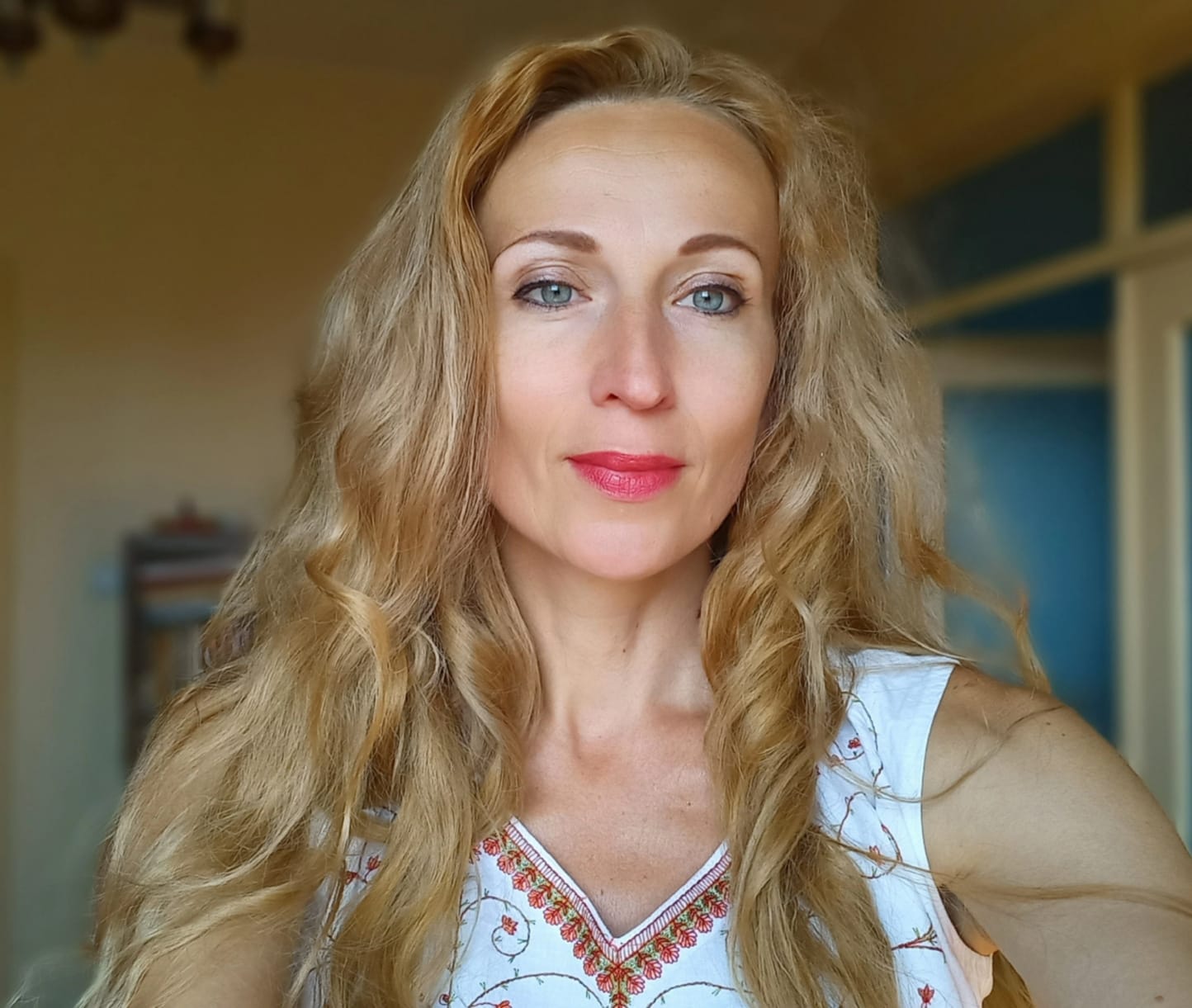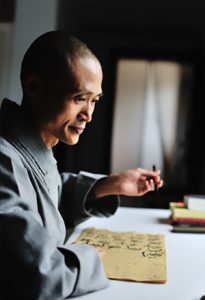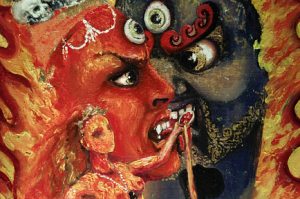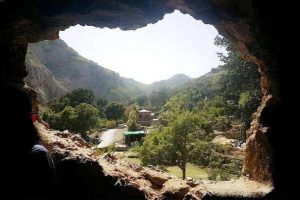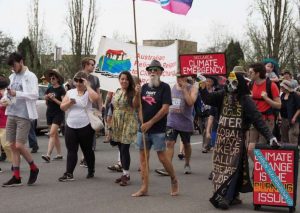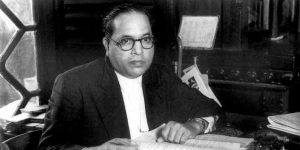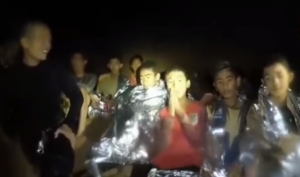
The monastery Kizhinginsky Datsan “Dechen Dashi Lhumboling” (From Tibetan: Dechen Tashi Lhunpo Ling, “Place of the Auspicious Mountain of Great Bliss”) is located in Kizhinginsky District in the south of the Republic of Buryatia. As with most Buddhist monasteries in the republic, The datsan, one of the largest temple complexes in Buryatia, is affiliated with the Gelug school of Tibetan Buddhism and is a member of the Buddhist Traditional Sangha of Russia.
Kizhinginsky Datsan was founded in 1758 and was originally located in a felt yurt on the slopes of Shilsan Mountain. In 1773, a wooden dugan (temple) was built. This later burned down and a new temple was built in 1782, called Kodunsky Datsan, in a remote area that turned out to be difficult to access. In 1853, a new datsan was built on the northern bank of the Kizhinga River—Kizhinginsky Datsan, which became one of the main centers for Buddhist education in Buryatia. At the beginning there was only one temple, Dzogchen Dugan, along with Choira Monastic School. In subsequent years, three more dugans were built, as well as Maydarin Sume (Maitreya Temple) and eight suburgans (stupas).


The Great Stupa Jarun Khashor was built in 1919 and consecrated in the valley of the Kizhinga River as part of Kizhinginsky Datsan, as an analogue of Boudhanath, the iconic stupa near Kathmandu in Nepal. Standing 36 meters high, Boudhanath is the largest stupa in Nepal and one of the largest in the world. Its Tibetan name, Jarung Khashor (Jarun: “it can be done;” Khashor: “slipped out of the mouth”), is related to the legend of its origin. The stupa is also known as Lhundrup Tsek (“spontaneous mound”), as well as “all-encompassing stupa” because during the prayers of devotees all the buddhas and bodhisattvas are absorbed into the stupa, and “wish-fulfilling stupa” because the wishes of anybody who prays before the stupa are said to be fulfilled.
The cult of the Nepalese stupa of Boudhanath was very popular in 19th and early 20th century Mongolia and Buryatia. In her article “The Cult of Boudhanath Stupa/Jarung Khashar Suvraga in Mongolia: Texts, Images, and Architectural Replicas,” Isabelle Charleux explores this cult in a historical and symbolic perspective, stating: “Replicas of Boudhanath stupa apparently functioned as surrogate pilgrimage sites linking Mongolia to South Asia. This direct connection between Mongolia and South Asia is also found in the recognition of high Mongol lamas as being reincarnations of Tibetan saints and, ultimately, Indian kings in Mongolian Buddhist chronicles.”*


Jarun Khashor Suburgan in Buryatia was destroyed along with Kizhinginsky Datsan in 1937 after the October Revolution.** The revival of Kizhinginsky Datsan began in 1990 along with the revival of Buddhism in Russia. Dzogchen Dugan was restored and three more temples were erected—Devaazhin Dugan (Dewachen Temple), Sakhyusan Dugan (Dharma protector or Dharmapala Temple), and Maani Dugan (Avalokiteshvara Temple). Large statues were installed in the monastery complex—the eight-meter Shakyamuni Buddha and the three-meter Bodhisattva Maitreya. Also, about 20 meters from the datsan, a cave-shaped dugan was built dedicated to the enlightened Tibetan yogi and poet Milarepa.


The project to rebuild Jaron Khashor Suburgan also began in 1990, when His Holiness Drukpa Rinpoche visited from Nepal and consecrated the site. Construction started in 1991, but the work was interrupted due to financial difficulties. The stupa was completed in 2001 at a height of 33 meters and occupying an area of 44 square meters. In the center of the stupa is the Temple of the Teachers. On the south side, to the right of the main entrance, is a small temple for the bodhisattva Avalokiteshvara. On the left is the Temple of the Twenty-One Taras. To the west is a dakini temple. The inner sanctum of the stupa contains the complete collected works of the Vajrayana Buddhist canon, the Kanjur and Tenjur (Tib: Kangyur and Tengyur), donated by His Holiness the 14th Dalai Lama, along with a huge number of other sacred texts and mantras. A statue of Amitabha, the Buddha of Boundless Light, and the mantra Om Mani Padme Hum*** in eight-meter-high metal pipes have been added to the complex in recent years. The last addition to the complex is a statue of Burhan Ayusha (Amitayus Buddha—an aspect of Amitabha associated with longevity), with the mantra Om Amarani Dzivandie Suha written on the protective construction. The statue was consecrated on 2 October 2021 by Did-Khambo Lama Sanghi Dagba Ochirov.
The great stupa of Jarun Khashor and the sacred mantra of Avalokiteshvara radiate light in the night, and for the Buryat devotees they stand like a lighthouse, illuminating their lives and bringing hope and faith to their hearts.


* The Cult of Boudhanath Stupa/Jarung Khashar Suvraga in Mongolia: Texts, Images, and Architectural Replicas (Cross-Currents: East Asian History and Culture Review)
** The October Revolution or the Great October Socialist Revolution, in Russia was led by the Bolshevik Party (radical, far-left Marxist faction) of Vladimir Lenin (1870-1924) that was instrumental in the larger Russian Revolution of 1917–23. As the revolution was not universally recognized, the country descended into a civil war that would last until 1923 and ultimately lead to the creation of the Soviet Union in late 1922.
*** The mantra of Avalokiteshvara, the bodhisattva of compassion, is the most popular mantra in Tibetan Buddhism. The Sanskrit word for lotus, padma, is written padme or peme in Tibetan and badme in the Buryat language.
**** The mantra of Amitayus, Om Amarani Jiwantiye Soha.
See more
Кижингинский дацан “Дэчен Даши Лхунболин”
Дацаны Бурятии: Кижингинский дацан и Ступа исполняющая желания
Related features from Buddhistdoor Global
Land of the Auspicious Dharma Wheel: The First Buddhist University in Russia
Avalokiteshvara in the Pure Land of Sanaga, Buryatia
The Largest Depiction of the Buddha in Russia
Interview with Zorigma Budaeva: Abbess of the Only Female Buddhist Monastery in Russia
The Only Female Buddhist Monastery in Russia
The Mystical Image of Sarasvati in Buryatia
Russia’s Golden Triangle of Buddhism
Related news reports from Buddhistdoor Global
Jhado Tulku Rinpoche Confers Kalachakra Empowerment in Buryatia
Museum of History of Buryatia Holds 20th Anniversary Exhibition of the Atlas of Tibetan Medicine
Venerable Yelo Rinpoche Visits Kalmykia
Kalmyk Musical Performance of the Buddha’s Life Presented in Tuva and Buryatia


